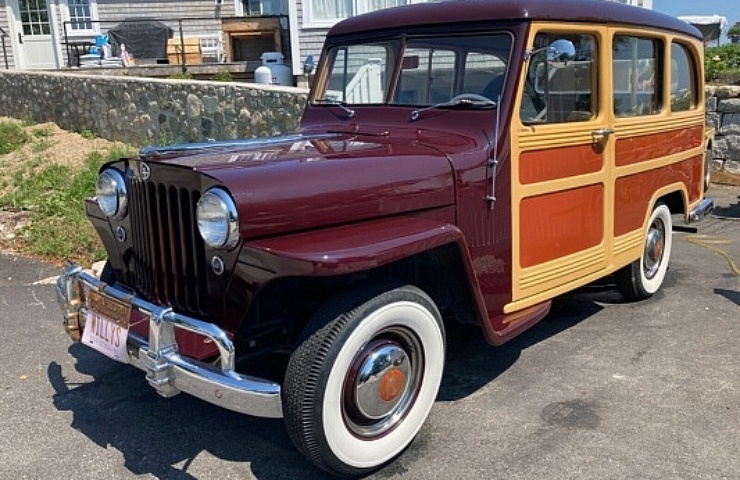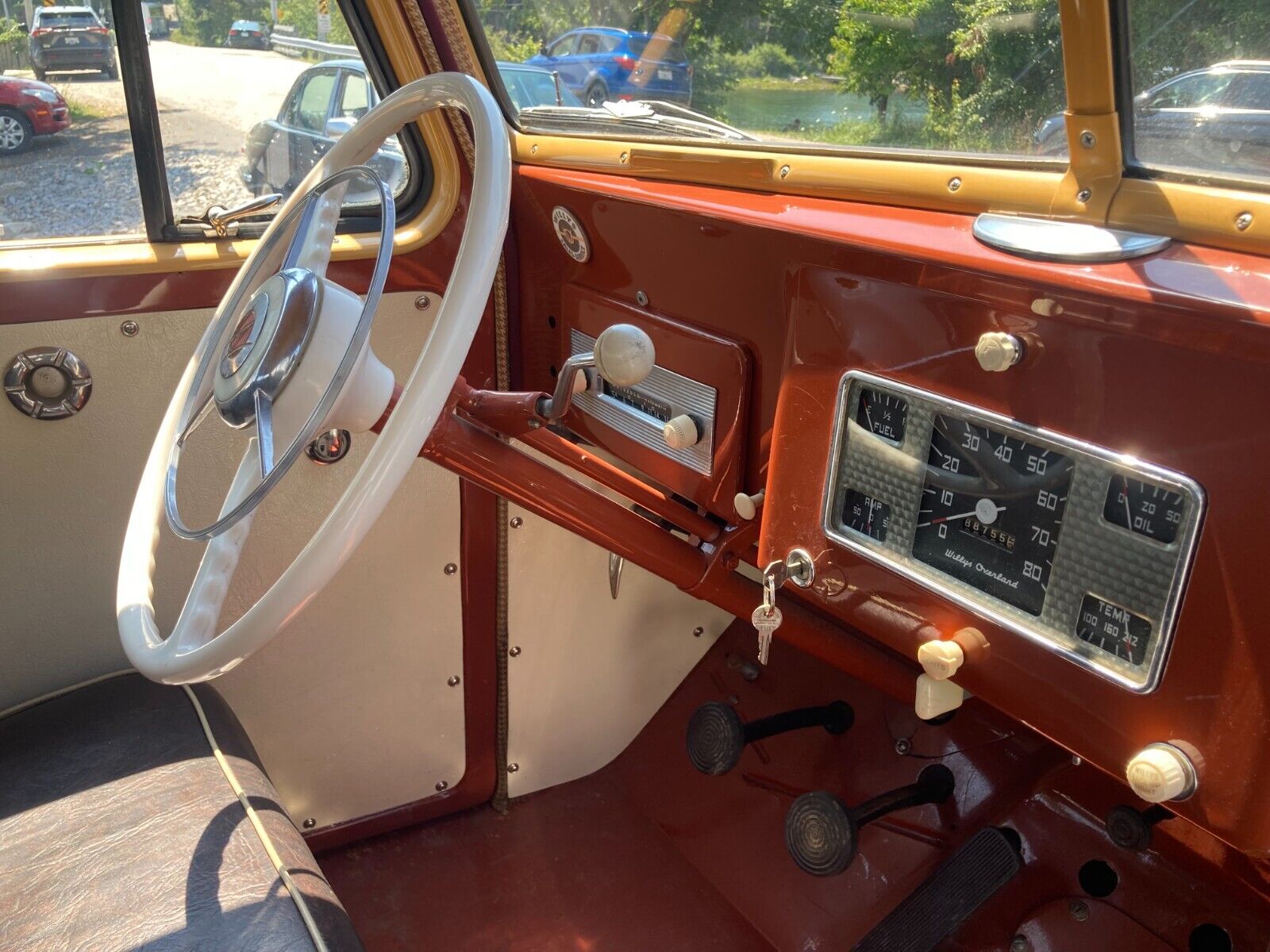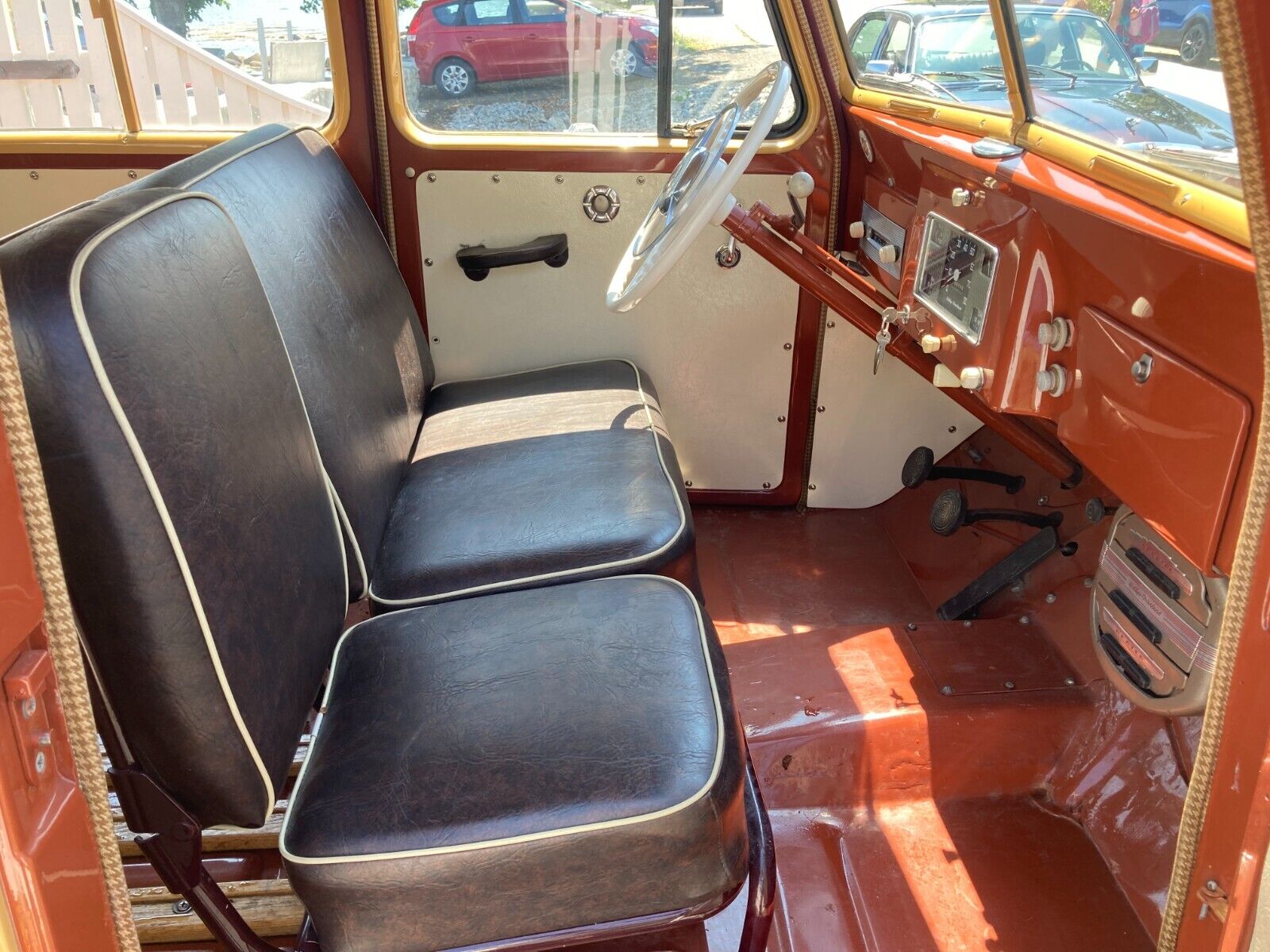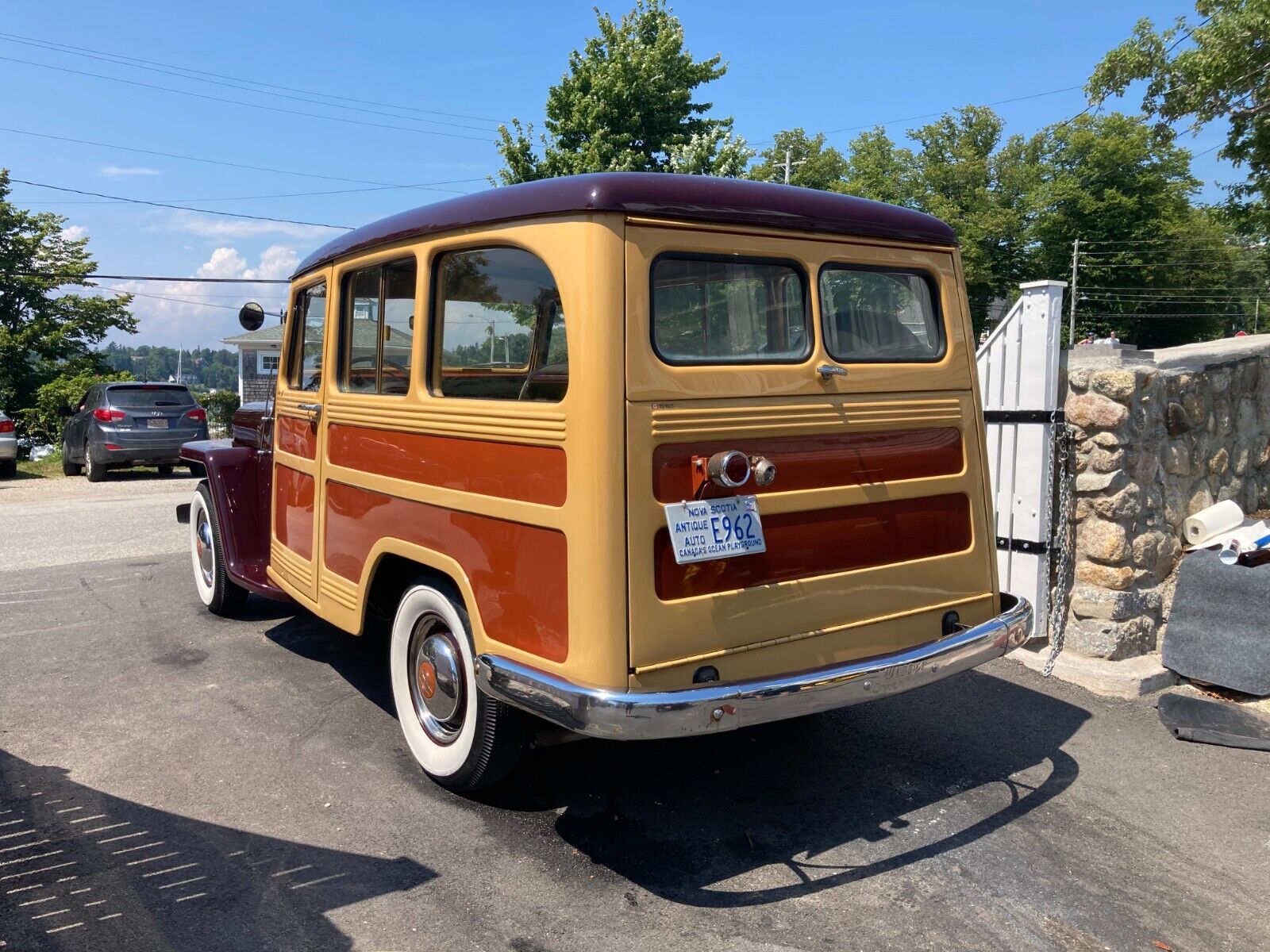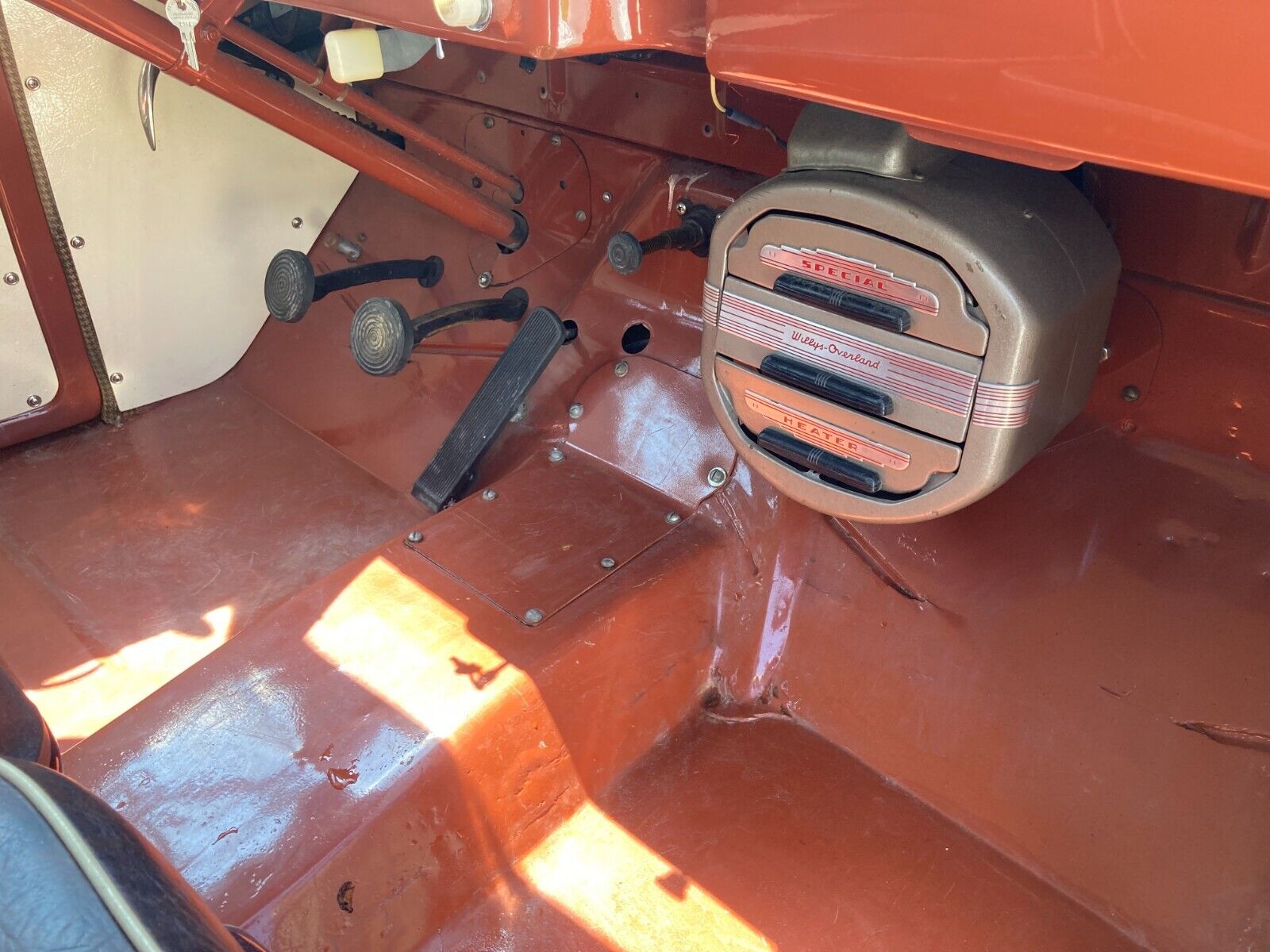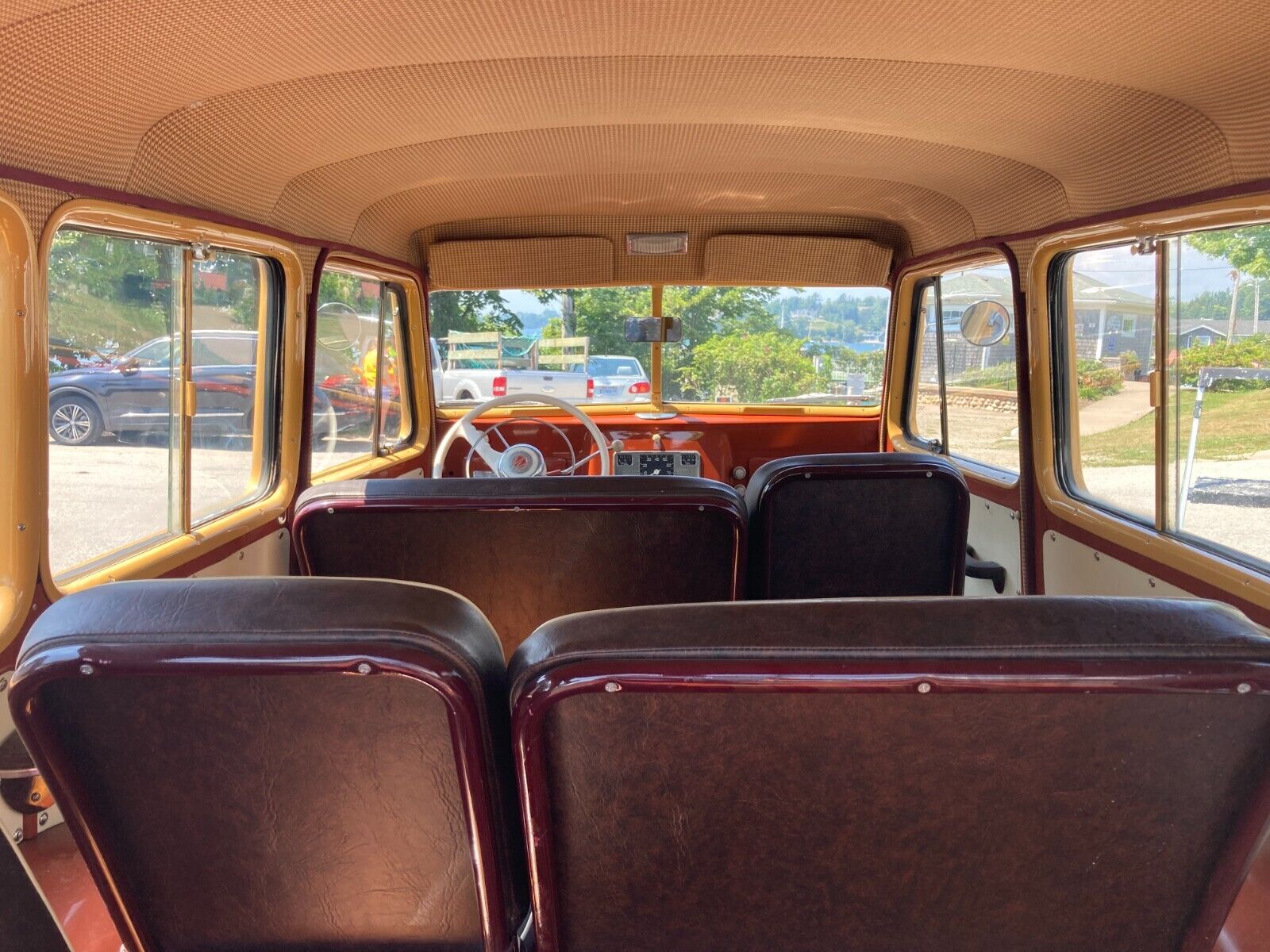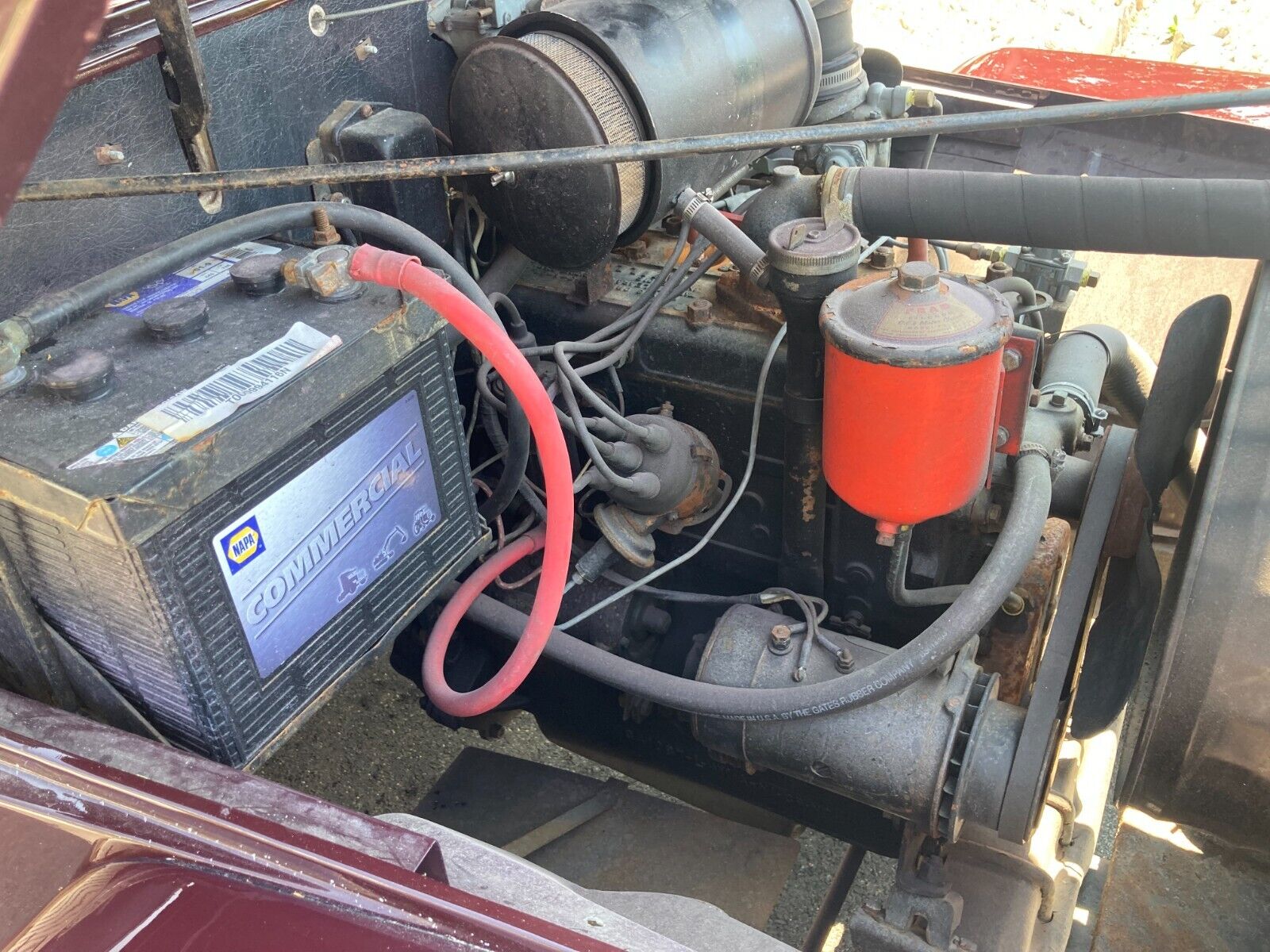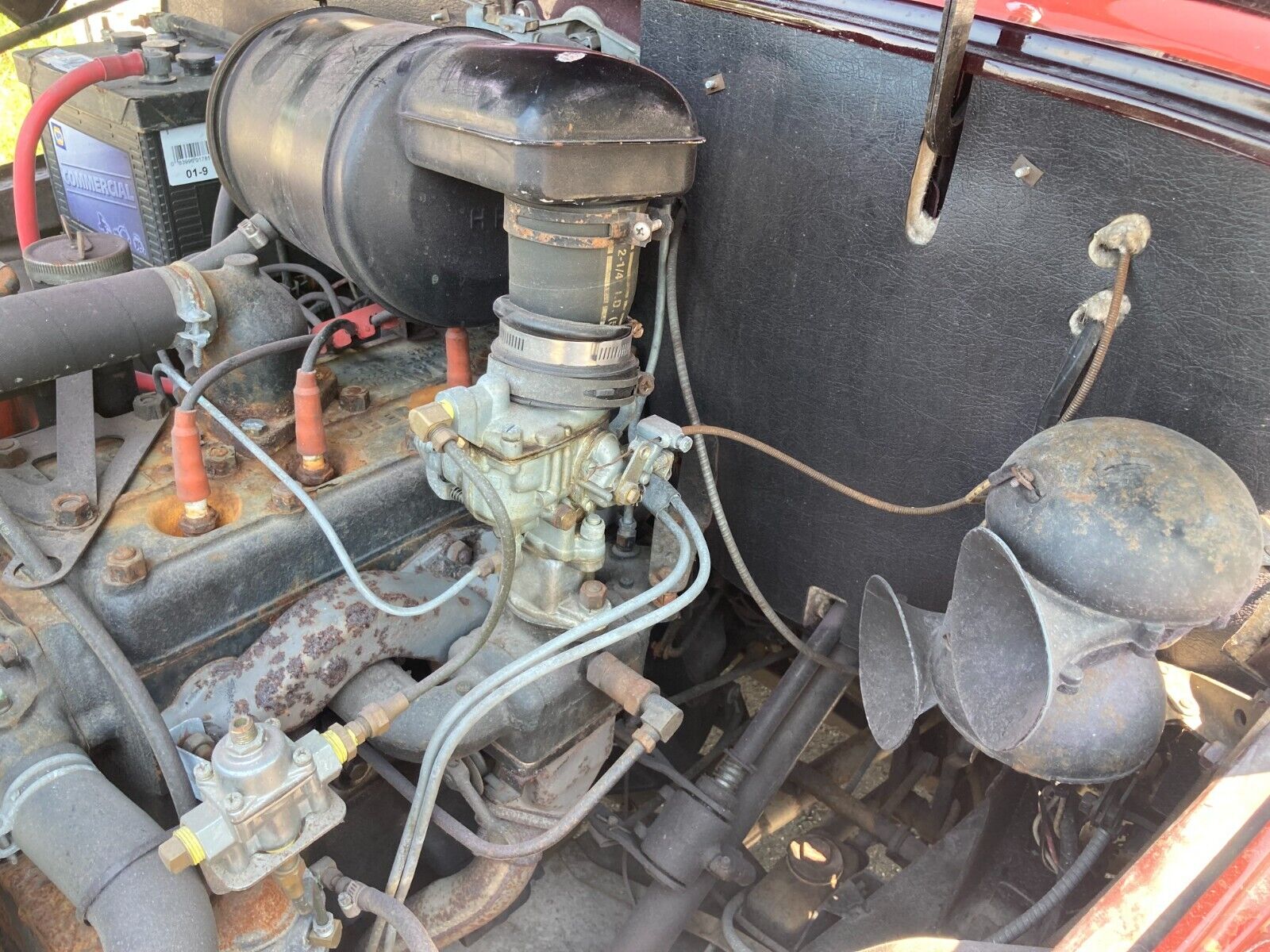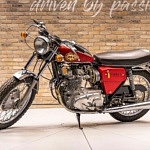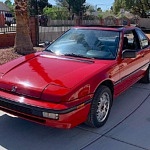The Willys Jeep Station Wagon recently offered on eBay is a 1950 model. But with its separate fenders and upright stance, it feels so much older.
Obviously, the heroic role played by Jeep in World War II led to a civilian model that closely resembled it. A station wagon was a logical choice as Americans moved to suburbia to start families.
The origin of the name “Jeep” is in dispute. It might have been an adaption from the moniker of the Ford GP test vehicles, or it may have come from the magical pet in the Popeye comics, Eugene the Jeep. In any case the name was firmly in place—both for the military and the public—by the time the war was over.
Gleaming Faux Wood
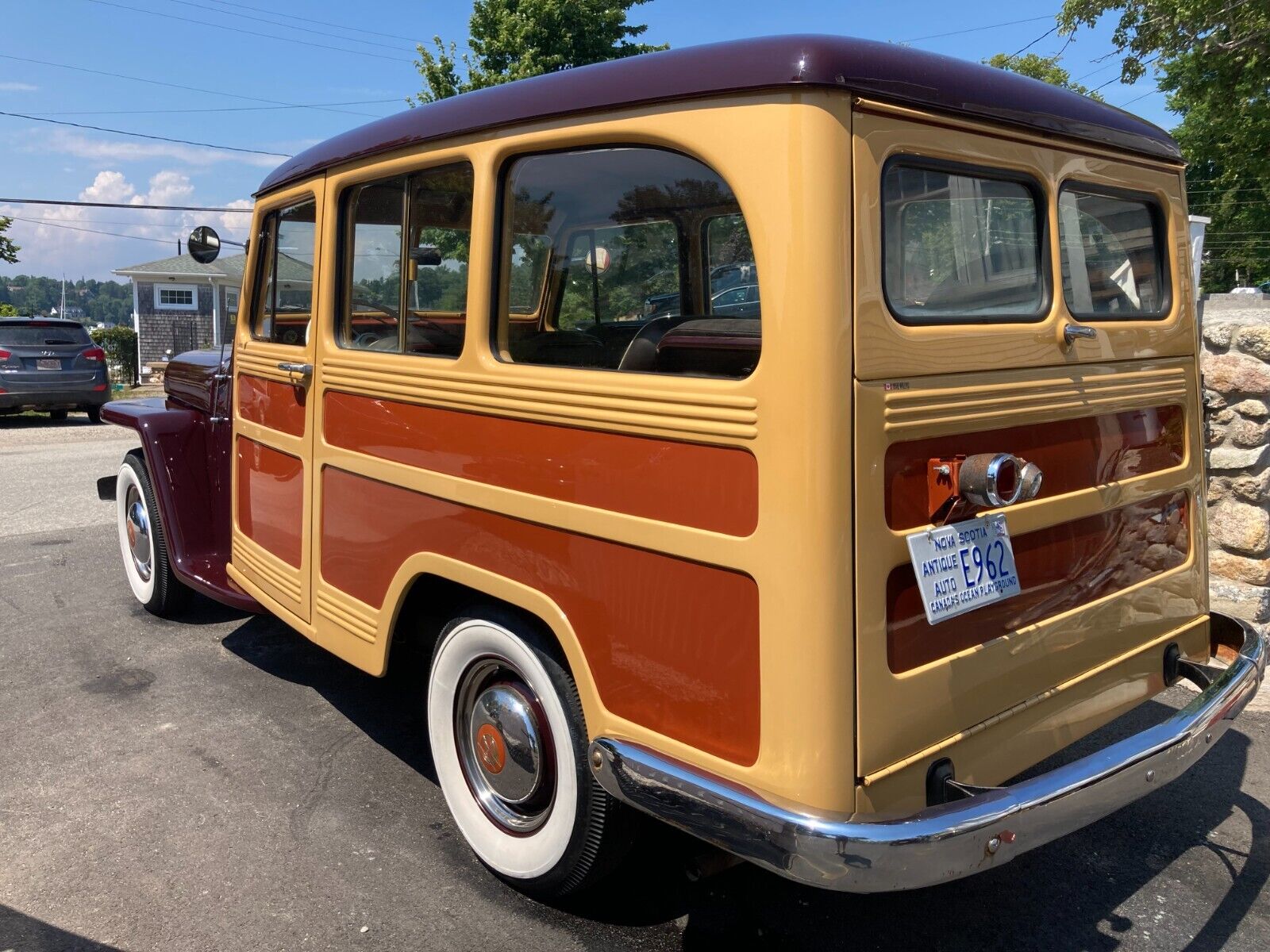
More than 300,000 of these Jeeps were produced. Were they the first SUVs?
This Willys Jeep Station Wagon is in show condition after being restored in California. The current owner had it for eight years. While it might have seen serious service while accumulating 50,000 miles, it’s a coddled show car now.
The condition reflects that. The Jeep looks showroom new inside and out. It has a three-speed manual transmission on the steering column, and a rare rear jump seat. There is no carpeting, which was part of its easy-to-clean image. Still, the three-tone interior is bright and cheerful, able to accommodate seven in a pinch (with one in that jump seat).
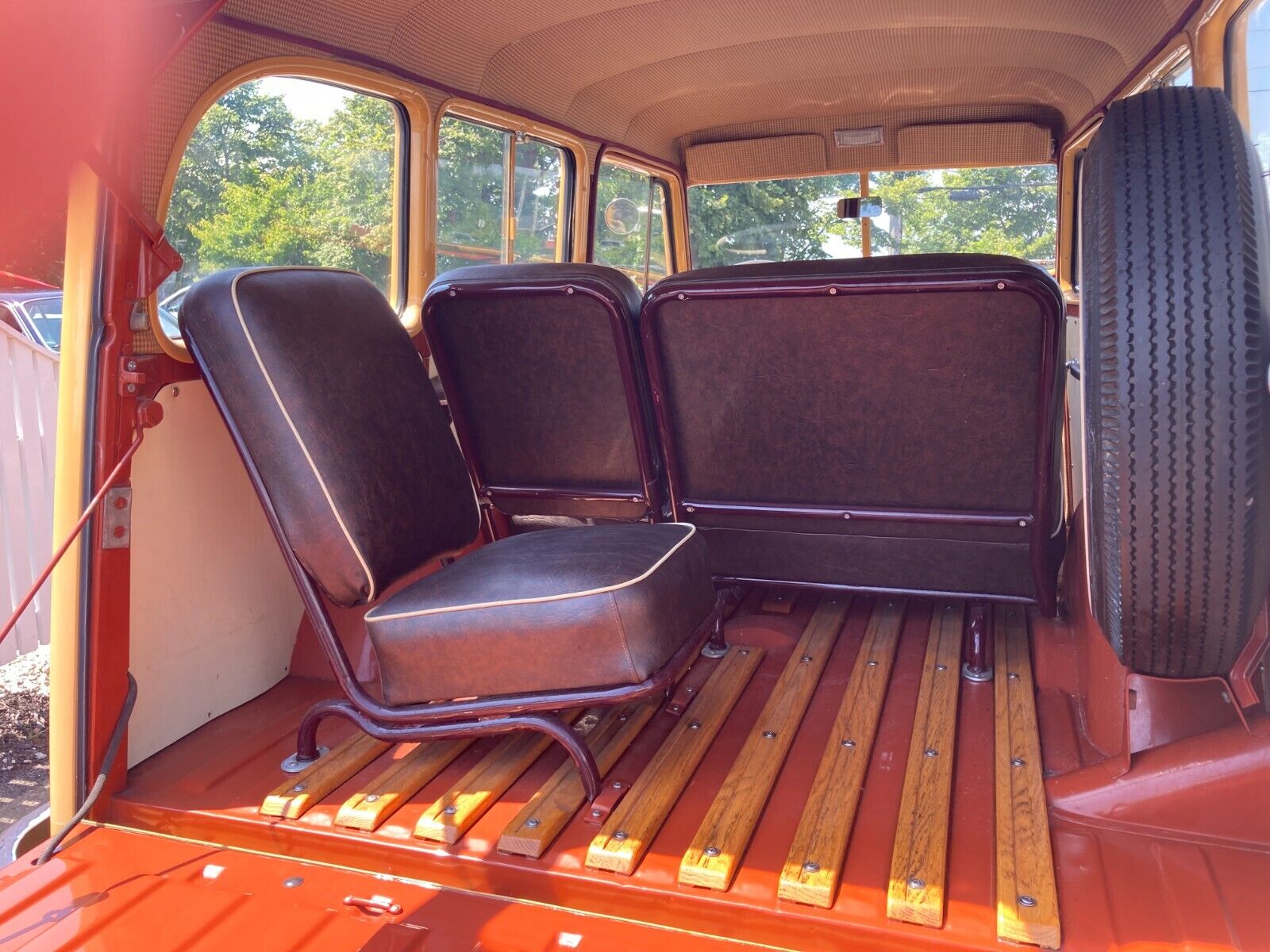
There’s room for up to seven passengers, but it’s a tight fit.
These wagons are an interesting anomaly. At a time when most American automakers were still building real wood-paneled wagons—with their structural timber mostly assembled by skilled craftsmen contracted for the purpose—Jeep took the budget route.
Some of the wagons have monotone paint jobs, but others—like this one—have clever faux wood painting (as did nearly all American “woodies” after 1953). The only real wood on the Jeep are the slats in the rear load area—polished to a gleam here. Contemporary Crosley wagons are similar.
Willys Jeep Wagon: Slab Sided and Stylish
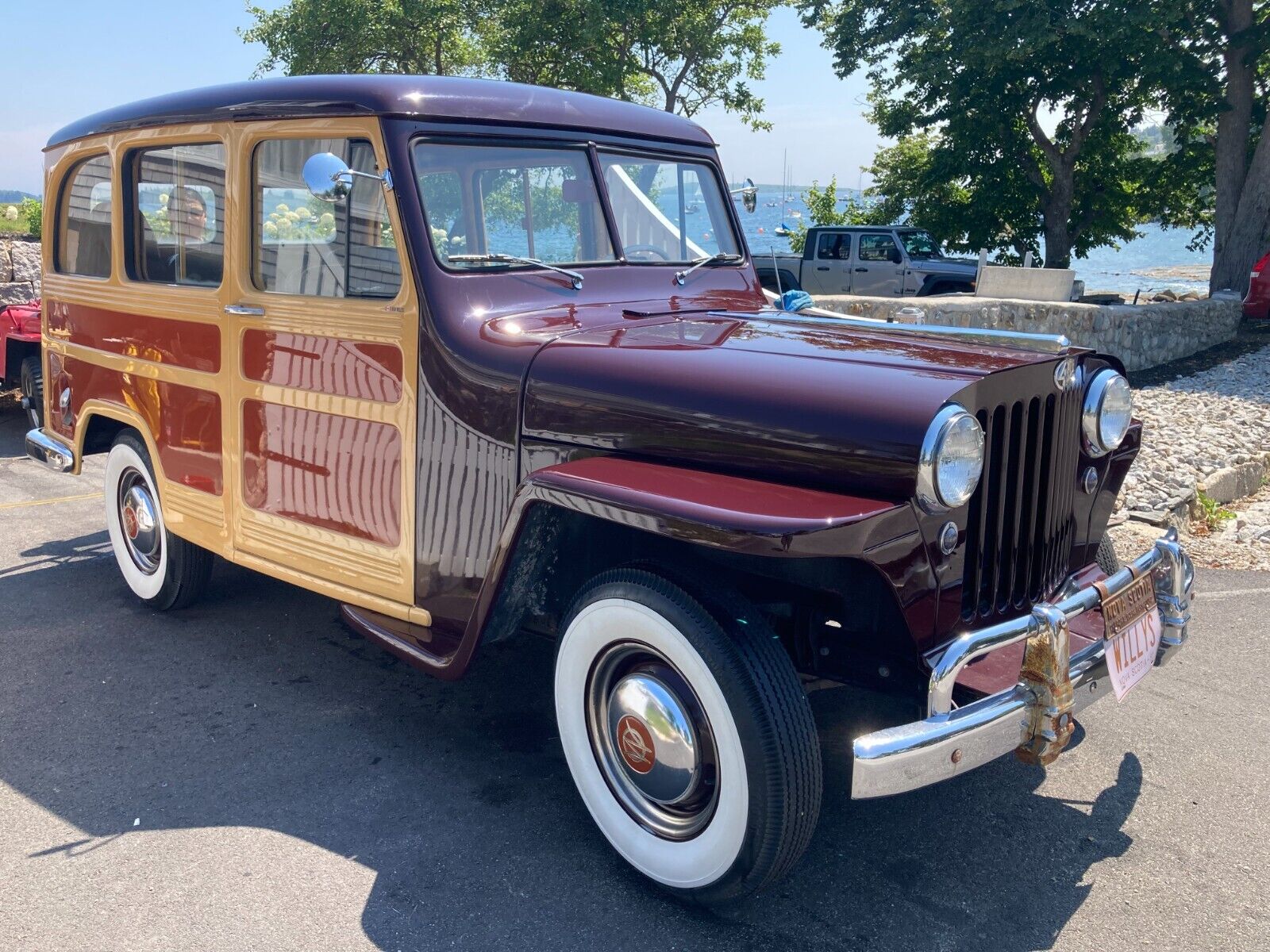
The wagon used simple construction. The design comes from the legendary Brooks Stevens.
The Willys Jeep Station Wagon was the work of well-known industrial designer Brooks Stevens, who got the assignment right after the war. At the time, the budget-constrained Willys didn’t build its own bodywork.
Stevens was hemmed in by the need to construct the car from simple panels. That dictated flat body parts that could easily be turned out by companies that normally made household products.
Stevens succeeded admirably. The wagon is handsome and practical. Jeep President James Mooney described it as “the people’s car,” though Volkswagen already laid claim to that title.
- The first of these Jeeps appeared in summer 1946 as the 463 model, with a 10-slot flat grille and power from the L-134 Go-Devil four-cylinder flathead engine.
- A panel van without side windows appeared the next year.
- Also in 1947, the 663 model with the L-148 straight six first appeared, though only 50 were initially built.
- The Station Sedan with more creature comforts and basket-weave trim debuted in 1948.
Not Exactly Trail-Rated
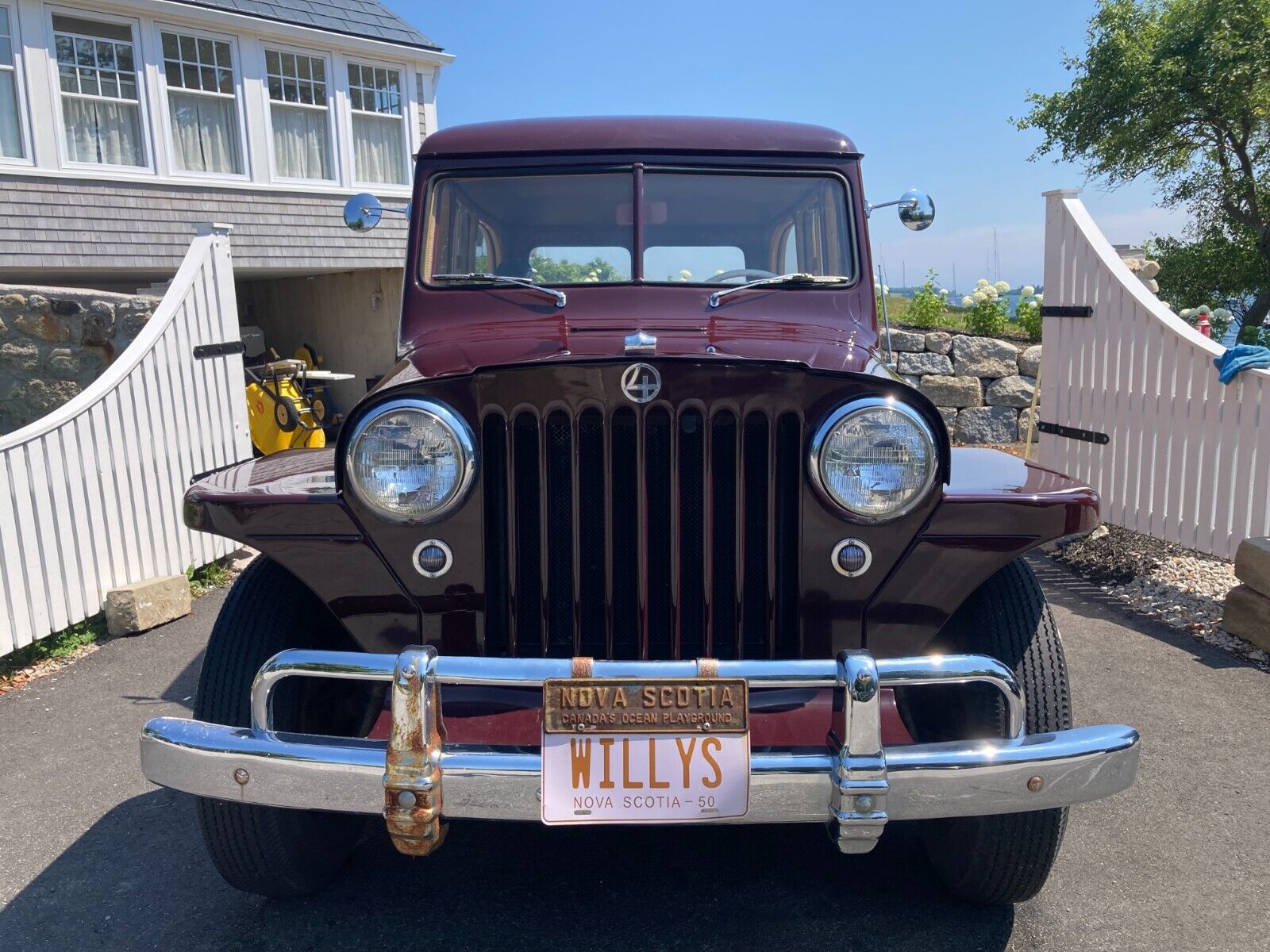
This 1950 version has the new V-grille.
These days, Jeeps are associated with four-wheel drive. But that wasn’t an option on the wagons until 1949. There’s no indication the vehicle recently listed on eBay has all the wheels driven. For 1950, this car’s year, the flat grille gave way to a subtly v-shaped successor that modernized the look without losing the familiarity.
Now there were five horizontal grille bars to go with the vertical.
Buyers who opted for the four-cylinder in the 473 got the new F4-134 Hurricane version of the Go-Devil four, offering up to 75 horsepower at 4,000 rpm, with 114 pound-feet of torque.
Jeep ads of the period touted the new engine:
Goes a long way on a gallon! The high-compression Hurricane engine squeezes more miles from every gallon to give top economy in the Willys Station Wagon.
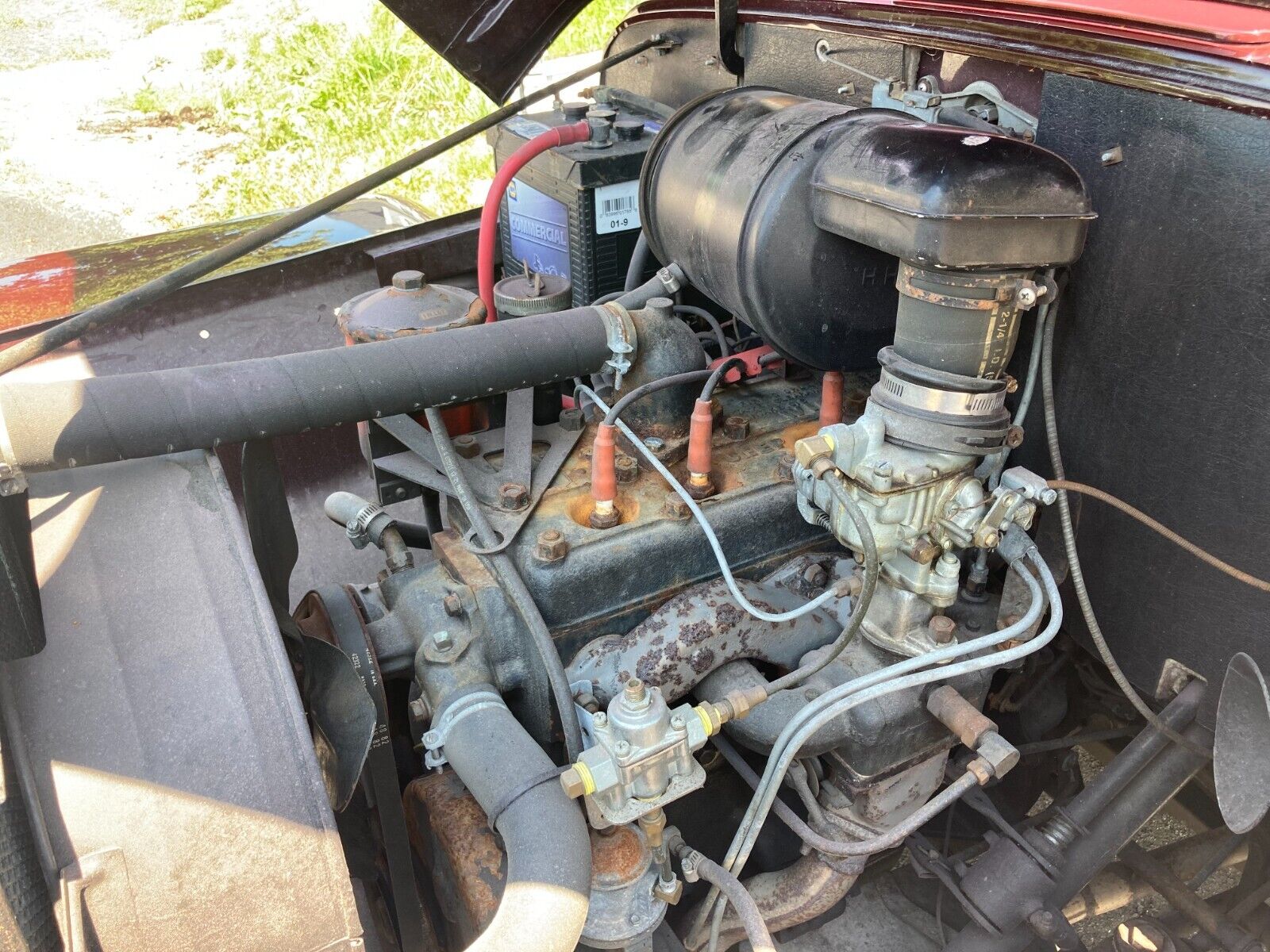
The new F4-134 Hurricane version of the Go-Devil four powered the Jeep.
The engine achieved between 16 and 19 miles per gallon. Well, it was good back then, at least.
Other progressive features on the wagon included independent front suspension, called “Planadyne” by the company. All the seats except the driver’s seat could be removed to accommodate more cargo. People could and did hose them off to clean the interior.
Shop now for Willys WagonsThe Willys Jeep Station Wagon stayed in the lineup all the way until 1963 when it was replaced by the Jeep Wagoneer. It was a very successful model, with 300,000 units produced. Perhaps the SUV revolution would have started earlier if automakers had produced more vehicles like this in the 1950s.

